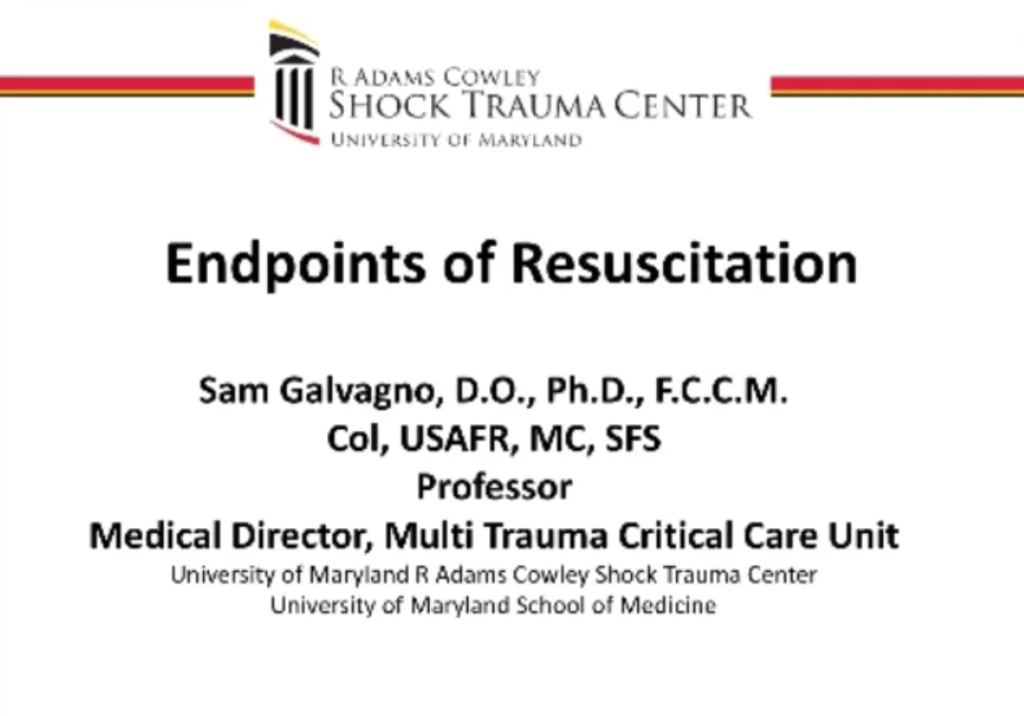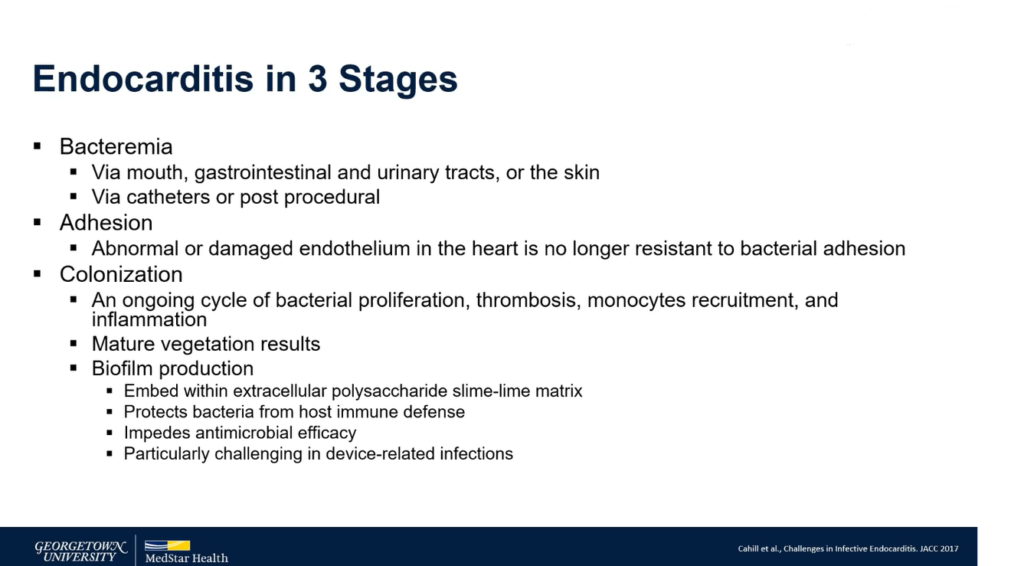Today we are fortunate to welcome Dr. Kenneth E. Wood, current Associate Chief Medical Officer for the University of Maryland Medical System as well as the new Director of the Maryland Critical Care Network. Dr. Wood just recently joined us from the Geisinger Health System, where he was the Chief Medical Officer as well as the Director of the IAA Geisinger Center for Healthcare Systems Re-Engineering. AND before that he was the Director of Critical Care Medicine and the and Program Director for the Pulmonary and Critical Care Fellowship at the University of Wisconsin…. Needless to say, he has spent a majority of his life making medicine run like an efficient machine. However, today Dr. Wood explains the real issue plaguing our society. Quite simply, the United States health care system is failing to do its most fundamental duty: take care of it’s people. This is a lecture I assure you cannot be watched just once, there is too much to take in!!!!
Clinical Pearls
US spends $ 8508 per capita on healthcare versus $ 3182 in UK, yet outcomes are similar.
- Despite this higher spending, the US is last in both quality and access to healthcare, based on OECD data
- 20% of our GDP is in healthcare (nearly double that of Europe)
With Affordable Care Act:
- Medicare payments are going to be bundled
- Bundled payments are going to lead to major changes in delivery of health care
- Goal is to lead to large organizations with employed physicians able to deliver a cost efficient health care
- Eliminate fee for service and pay more for quality
- Add incentives/penalties for clinical care, patient experience, efficiency, outcomes, and safety
- Work towards an anti-trust society within medicine
ICU care accounts for a large portion of hospital costs and would be a focal point for improvements (20-30% of costs)
- US has more per capita ICU beds in western world, however that does not necessarily translate into an improved mortality (The US admits more patients with lower pretest mortality rates skewing data)
Few suggested interventions to be considered in improving outcomes in a cost efficient manner include:
- Better nurse patient ratio as it leads to better outcomes
- Daily care plan
- Protocol driven care
- Multidisciplinary rounds
- Define explicit roles for each HCP on rounds
- Daily goals
- Bed side discussions to promote patient centeredness
- Tele ICU for smaller places
- Eliminating unnecessary diagnostic/laboratory testing
- Early palliative care involvement
In fact: one of the greatest values to care is to hire qualified staff, with the retention of competent nurses having the greatest improvement to patient outcomes
- However, the intensivist model and a closed ICU have a variable effect pending the institution, thus there is no easy answer
Suggested Reading
- Curnow RT Jr, Doers JT. Preparing for accountable care organizations: a physician primer. Chest. 2013 Apr;143(4):1140-4.[PubMed Link]
- Moore EE, Moore HB. Critical care responsibility in health care reform: what would Osler say? J Trauma Acute Care Surg. 2014 Jun;76(6):1507-9.[PubMed Link]
- Blumenthal D, Abrams M, Nuzum R. The Affordable Care Act at 5 Years N Engl J Med 2015; 372:2451-2458.[NEJM Link]



